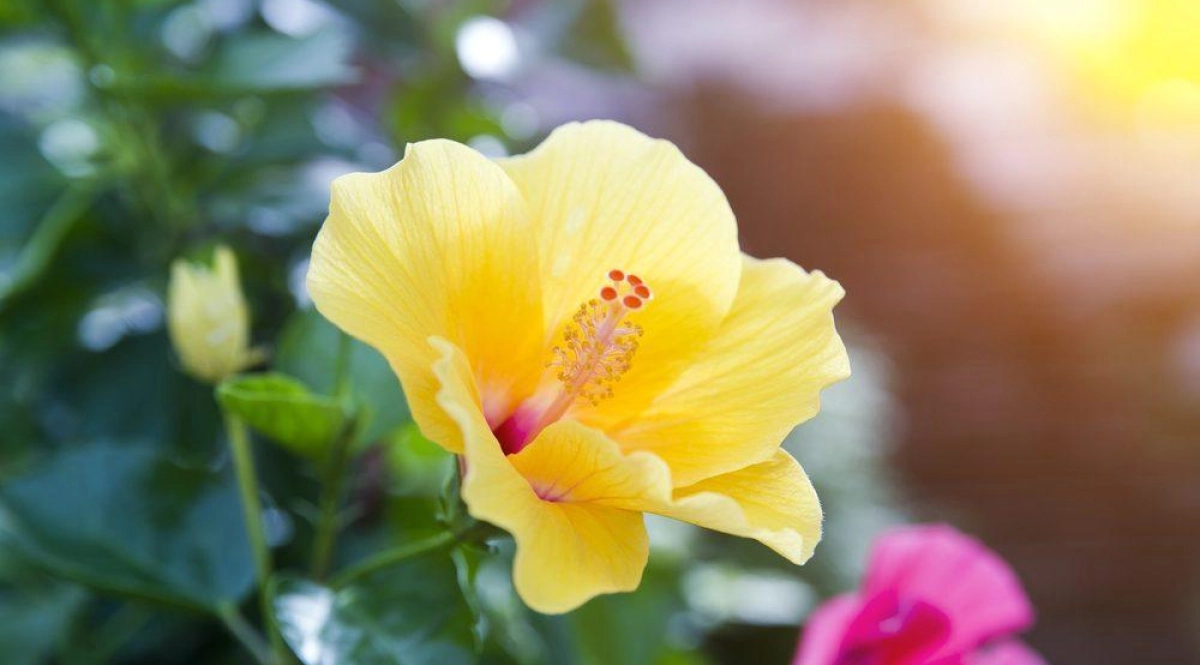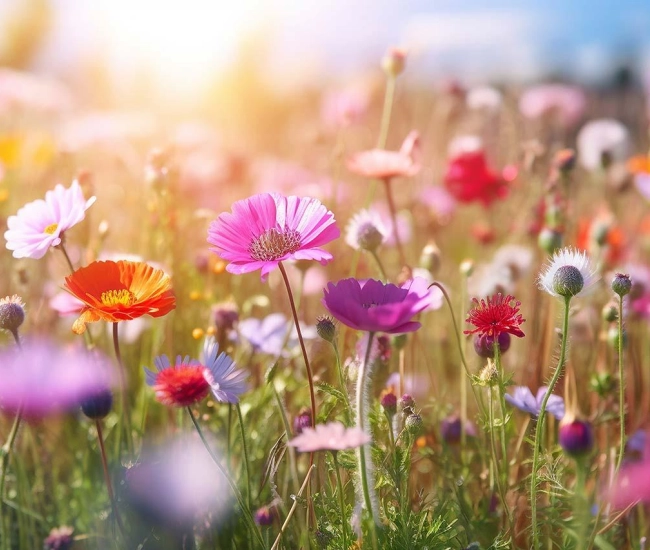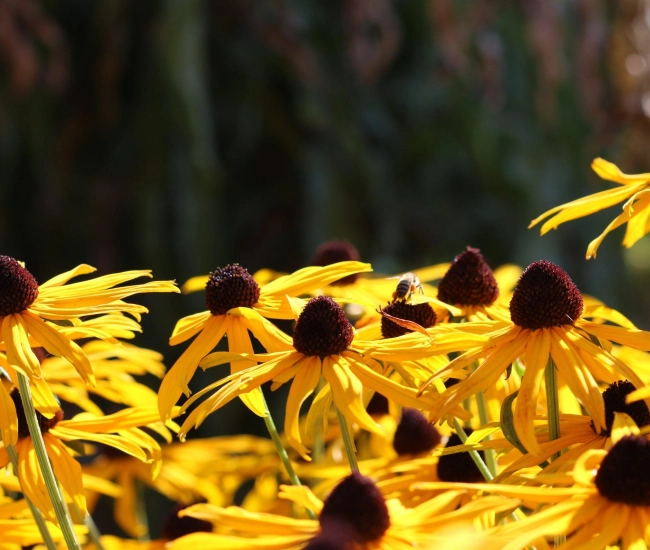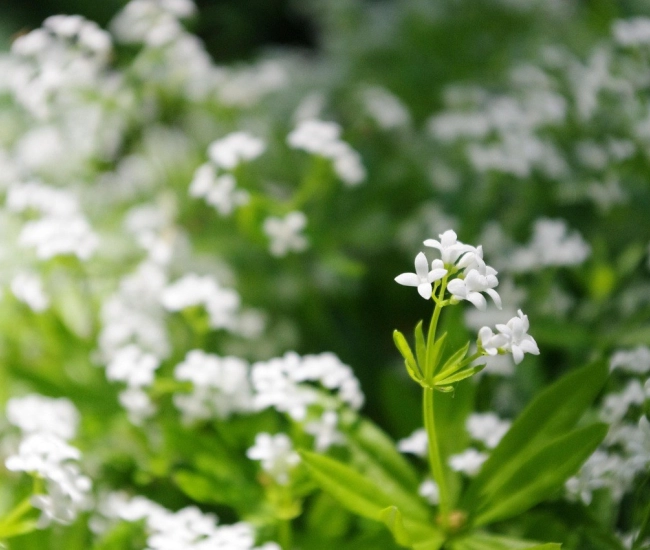
Over the years, hibiscus plants have managed to win the hearts of gardeners. With their exceptional inflorescences and flamboyant colors, they have quickly found a place in our interiors and gardens. Although the most well-known remains, of course, the Chinese rose hibiscus that brightens up apartments in winter and terraces and balconies in summer, the enthusiasm of gardening enthusiasts for perennial and shrubby hibiscus continues to grow. But be careful, although these magnificent plants share the same name, they are very different from each other...
Hibiscus rosa-sinensis, Chinese Rose Hibiscus
This beautiful tropical shrub, not hardy in our climate, boasts an ephemeral bloom with colors ranging from red to pink and sometimes orange to yellow. Its many simple or double cup-shaped inflorescences appear throughout the year. Indoors in winter, it prefers bright locations and regular watering. In summer, a stay on the balcony or terrace is beneficial, however, it must be acclimated before being exposed to the warm rays of the sun. Greedy for nutrients and water, a monthly supply of fertilizer rich in potassium (the last of the three numbers will be the highest) and sustained watering will allow it to live for many years. Sensitive by nature, it should be brought indoors when night temperatures cool (12°).

Hibiscus moscheutos, Swamp Rose Mallow
This large perennial with spectacular flowers can reach 30cm in diameter and has quickly charmed gardeners. Of short duration (2 days), its immense discs with oversized petals are constantly renewed until autumn. Hardy in zone 5, this hibiscus disappears entirely in winter to regrow from the base (like peonies) at the end of June (Yes, you will have to be patient, as it takes time to bloom). With rapid growth, it can reach 1.5m in height and sometimes more. Winter protection with leaves or mulch will keep it warm and protect it from frequent temperature fluctuations in winter. Although it is called swamp hibiscus, it prefers rich, slightly moist, and not waterlogged soils, although it can adapt to most soils if watering is abundant.

Hibiscus moscheutos (Hibiscus Disco Belle Pink) Photo: https://www.ballseed.com/
Hibiscus syriacus, Garden Hibiscus
Much hardier than its counterparts (zones 4 to 5), the shrubby hibiscus produces a multitude of flowers that renew from July to October. Planted in well-drained soil and a location sheltered from winter winds, it will brighten your garden until the cold weather arrives for many years. Although its inflorescences, sometimes blue, white, pink, or red, are smaller than those of the perennial hibiscus (6 to 10 cm in diameter), they will charm you with their great beauty and abundance. With moderate growth, its rigid and upright stems will reach over 2 meters in good growing conditions. Patience is also required for this species, whose leaves rarely unfold before mid-June.

Hibiscus syriacus (Hibiscus Diana) Photo: https://www.ballseed.com/
Each hibiscus has its place in our interiors and gardens, offering a diversity of shapes, colors, and sizes to satisfy the tastes and needs of gardening enthusiasts. Whatever the variety chosen, hibiscus will continue to enchant our green spaces and bring a touch of tropical beauty to our environment.
Text: Hélène Baril, horticulturist, author & speaker
Tips and advice



